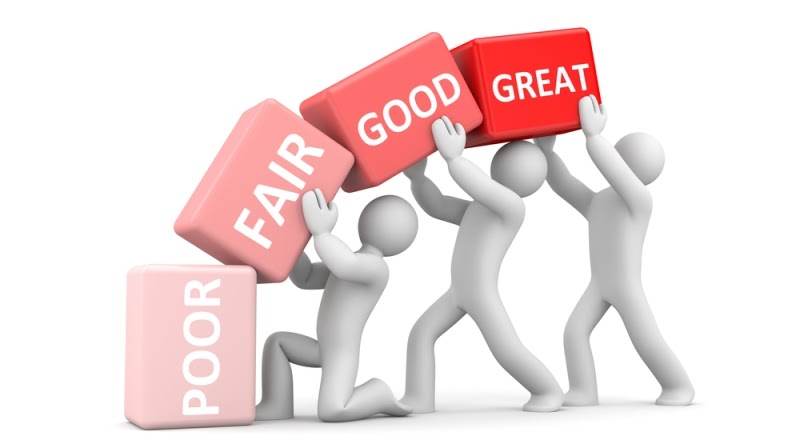When you don’t get your loan or credit card applications approved, one of the first things you have to do is to review your credit report. Even when you have no debts to pay off or don’t want to apply for a loan or credit card, you should not ignore your credit report. Check your credit report on a regular basis for errors and signs of fraud.
Reviewing a credit report is the first step you need to take to fix your credit score. However, you may not know how to read a credit report.
Credit Report
It is a report that records your credit history. This report is used to determine if you are a reliable borrower or a risky one. Your credit report provides lenders and credit card issuers with the following details:
- The date you took out a loan or opened a credit account
- Current balances you have on your accounts
- Payment history
- Total loan amounts and credit limits
- Tax liens and bankruptcies
- Personal identification information such as name, address, contact details
Getting A Credit Report
You can get an annual copy of your credit report from the three credit bureaus. The bureaus provide you with the report only when you request. You are not going to find the same details on the copies of the report you get from all the bureaus. So, get and review all the three credit reports. Now, you have to address major areas and check for red flags. You can spot a potential identity theft situation.
Reading Your Credit Report
Identifying Information
This section consists of personal information including name, address, date of birth, social security number and phone number.
Red flags
This section should not contain any information that does not refer to you. After checking the personal information, double-check your social security number. The addresses listed on the report must be the places you have actually lived in. If you don’t recognize one of the addresses, you might be a victim of identity theft.
Credit History
This section consists of your credit history which includes:
- Loans, mortgages and open and paid credit cards and other credit accounts
- Accounts shared with others
- The total amount of loan
- Late payments
- Remaining loan balance
- Accounts sent to collections
Red flags
Go through this section again and make sure that everything is right. Look for accounts that sound unfamiliar. Check for payments that were not late but noted as late. If you have closed one of your accounts, your credit report should reflect this. If you find some credit lines that you have not opened, see it as a red flag. You might be a victim of identity theft.
Public Records
Everyone wants this section to be blank. The public records section lists financial activities such as tax liens, bankruptcies, and judgments. The information listed in this section stays on your credit report for up to 7-10 years.
Inquiries
This section lists the businesses that have requested and reviewed your credit report. You are going to find two types of credit inquiries including soft and hard inquiries. Soft inquiries are by your current creditors or companies that want to send promotional materials. Hard inquiries occur due to applications for loans, credit cards or mortgage.
Red flags
Hard inquiries reduce your credit score. Hard inquiries should not be there on your credit report for more than two years.
What Does “Open Account” Mean?
A line of credit that you have been opened but never officially closed.
What Does “U” Mean On The Credit Report?
Here “U” means unclassified. These are the accounts that had not been updated when the report was pulled.
Who Can Check Your Credit Report?
For most people, it is illegal to use your personal information to see your credit report. Banks, lenders, creditors, potential landlords, insurance companies, potential employers, collection agencies and the government can access your credit report legally.










